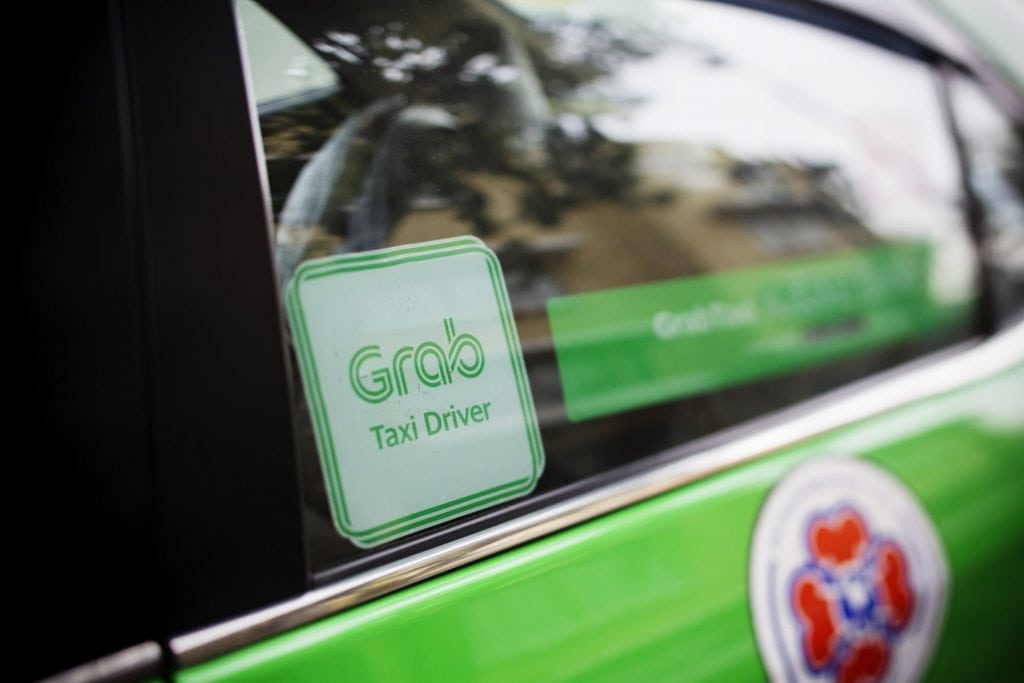Skift Take
Grab will hire an additional 1,000 tech employees in 2019, after doubling the number of software engineers, data scientists, and analysts it added this year to 2,000. A look at its next R&D hiring plan gives a few hints on what it is working on.
A web portal that enables business partners, such as a personal assistant who needs to book rides on behalf of visiting executives, or a hotel or hospital that needs to provide ground transportation for its guests, is in the works at ridehailing service Grab.
Also on the drawing board are voice-over-internet calls via GrabChat, currently a messaging tool only between passenger and driver. But what’s to stop GrabChat from evolving into a WhatsApp, WeChat, or Line in the future?
These are two areas that Grab’s new research and development center in Kuala Lumpur, Malaysia, may soon be working on. The center opened this week with plans to hire 100 technology workers in its first year. It is Grab’s seventh R&D center after Bangalore, Beijing, Ho Chi Minh City, Jakarta, Seattle, and Singapore.
Another 900 tech hires will be made as the ridehailing company moves to become the first everyday super app in Southeast Asia.
A spokesman confirmed the new feature allowing B2B partners to book rides is being piloted and will be rolled out next year. It will be part of Grab for Business, first launched in June 2016 “to manage company activities, policies and reports” — a competitor that other business travel management solution providers might not know yet.
Aside from developing more web products the new center will also work on developing and enhancing real-time communications features, including the Internet calls via GrabChat. However, there are no plans to turn GrabChat into a WhatsApp “for now.”
GrabChat currently has templated messages passengers can send to their driver, such as “I’m on my way’”or “Can you wait five minutes” that are auto-translated into the local language depending on where the customer is in the eight Southeast Asian countries where Grab operates. Or forget words — there’s a photo-sharing function from which a passenger can send a photo of where he or she is standing to let the driver know the location.
an explosion of partnerships and services
This year alone sees Grab moving into payments and new verticals such as food, grocery and parcel deliveries. It also expanded its presence from 30 cities at the start of 2017 to 235 cities in the region today.
While the majority of the team will continue to work on core transport projects, Grab said its expanded tech bench in 2019 “will fuel continued development of GrabPlatform.” This is a suite of application interfaces for partners to integrate their services with Grab, as the company prepares to see a surge in partnerships and services over the next 12 months, a cornerstone of its super app strategy.
Grab is also boosting its artificial Intelligence capabilities as it aims to leverage its data — one of the largest datasets of Southeast Asia – not only to improve and develop new services, but also to solve some of the region’s most complex challenges such as congestion and financial inclusion.
Though it was founded in Kuala Lumpur, Grab opened its first R&D center in Singapore, which is now its largest with 950 employees. This is the team behind the new Grab super app interface; it also looks at technology to improve driver and customer experiences, transportation, the e-wallet GrabPay, loyalty program GrabRewards, growth hacking and what Grab calls “geo,” its road-mapping work. (A fun fact: Grab said its mapping team reviewed almost one million kilometers of roads in Southeast Asia in a year.)
Centers in Bangalore, Beijing, Jakarta and Seattle are about 200 people each and are tasked with specific areas. For example, Bangalore covers areas such as Grab Financial Platform and data engineering and Beijing GrabFood, geo, and the Internet of Things. Jakarta handles Kudo, the Indonesian payments platform which Grab bought in April 2017 to boost its mobile payments ambitions, while Seattle looks after user trust, safety and data platforms.
“Grab’s model of distributed engineering teams allows the company to access specific sets of expertise in each of its R&D centers around the world, such as machine learning, predictive data analytics, mobile-first technology, and consumer-focused user experience,” said its chief technology officer Theo Vassilakis.
The Daily Newsletter
Our daily coverage of the global travel industry. Written by editors and analysts from across Skift’s brands.
Have a confidential tip for Skift? Get in touch
Tags: grab, ridehailing, southeast asia
Photo credit: Grab boosts R&D as it aims to drive ahead of competitors to be the first super app in Southeast Asia Yoolim Lee / Bloomberg
